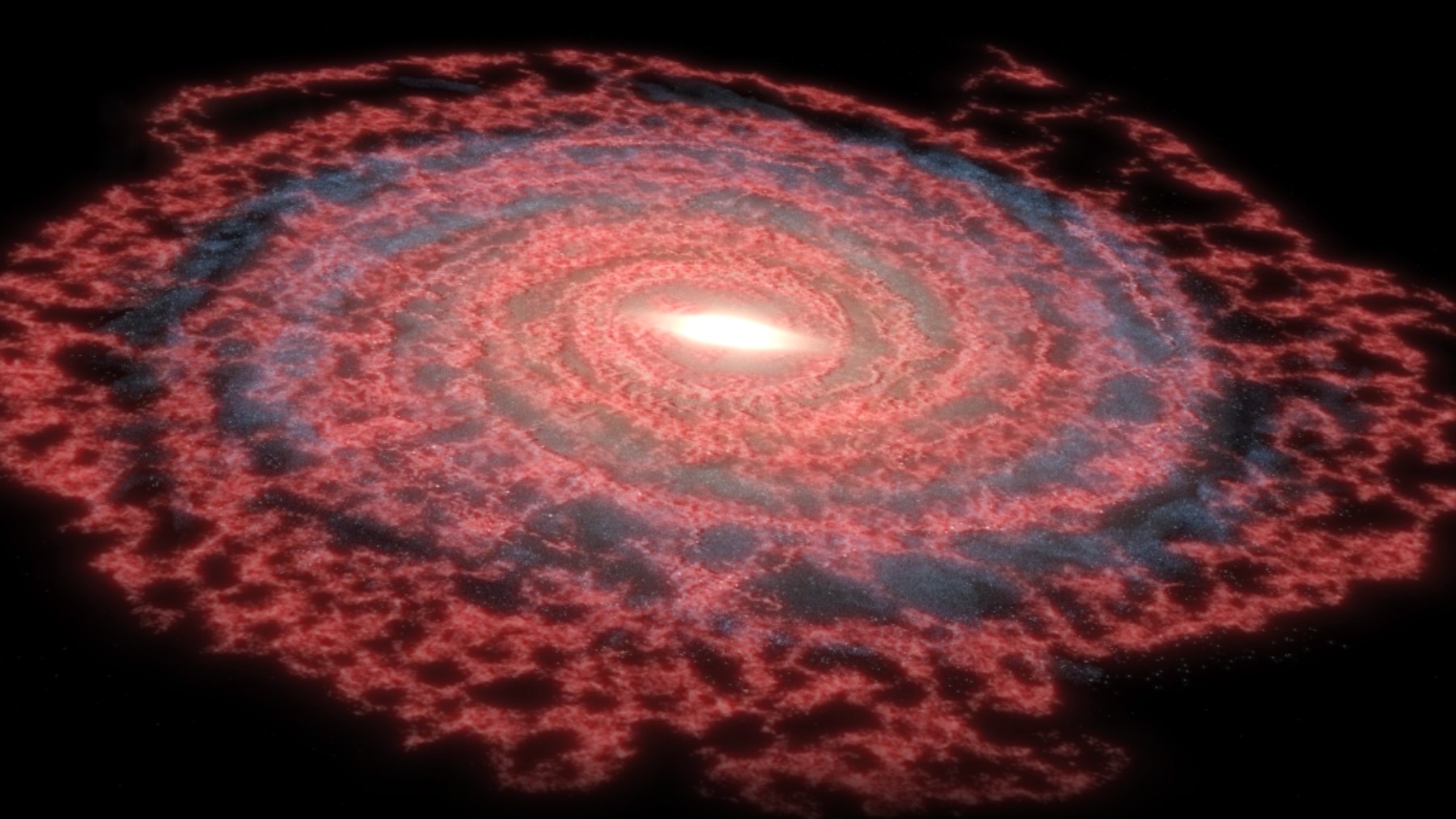NASA and ESA’s space telescope Hubble has taken a new image of a galaxy that has shocked astronomers. The galaxy is called NGC 2775 and it’s located about 67 million light years in the constellation Cancer (also known as the Crab). What makes NGC 2775 can’t be classified in just one category because its center is very smooth and with no gas, similar to an elliptical galaxy. However, at the same time, it has a dusty ring with scattered clusters of stars which is normal in a spiral galaxy. Then, what’s the NGC 2775: spiral, elliptical, or something in between? Let’s see this in more detail.
Why is it so difficult to classify the NGC 2775?
The thing is that we can only see it from one perspective, which makes it difficult defining its real structure. Some astronomers have classified it as a spiral galaxy because of its stars and dust ring in feather shape, whereas others believe it’s a lenticular galaxy.
The lenticular galaxies are special because they combine features from spiral and elliptical galaxies. Sometimes, they are similar to spirals, but with less details, and others they look more like ellipticals, but with a thinner disk of gas and stars around it.
How lenticular galaxies are formed
Astronomers don’t know yet for sure how these galaxies are formed, but there are several theories:
They could have started as spiral galaxies that, with the passage of time, merged with others and lost most of its gas. This led to stop forming new stars and lose their spiral arms and look smoother.
They could also have originated as elliptical galaxies which later collected gas forming a disk that makes them look a bit like spirals.
Basically, lenticular galaxies could be a kind of middle point in the evolution of galaxies.
Evidence of mergers in NGC 2775
There is evidence that NGC 2775 merged with other galaxies in the past. Even though we can’t see that in the Hubble image, scientists have detected a long tail of hydrogen gas around the NGC 2775.
That tail expands almost 100,000 light years around the galaxy. Astronomers think it could be the remains of one or several galaxies that got too close to NGC 2775, and have been pulled apart and absorbed. If this happened, it would explain why the galaxy has such a strange appearance today.
Flocculent spiral
Despite the doubts, most astronomers classify NGC 2775 as a flocculent spiral galaxy, but what does this mean? These types of galaxies don’t have any well-defined spiral arms, but they seem to be broken, patchy, or feathery. The stars are spread in loose tufts that still create a spiral-like shape, but not a clear one.
The new Hubble image
This is not the first time Hubble observes this galaxy. In 2020, it was already posted an image of the NGC 2775. The difference is that this new version adds something important: astronomers included observations of a special wavelength of red light that comes from hydrogen gas clouds. These clouds are found around massive young stars. In the image, they show up as bright, pinkish clumps.
This extra detail is valuable because it helps scientists see exactly where new stars are being born inside NGC 2775. It gives them a clearer view of how star formation is still happening, even in a galaxy that looks partly smooth and old.
Thanks to Hubble
For you as a curious observer, this is more than just another picture from space — it’s a window into how dynamic and surprising our universe truly is. Every new Hubble observation not only gives scientists valuable data but also invites all of us to look up and wonder what else might be waiting to be discovered.
So the next time you see a night sky full of stars, remember: beyond those points of light are galaxies like NGC 2775, and thanks to Hubble, we’re getting closer to understanding their secrets.

